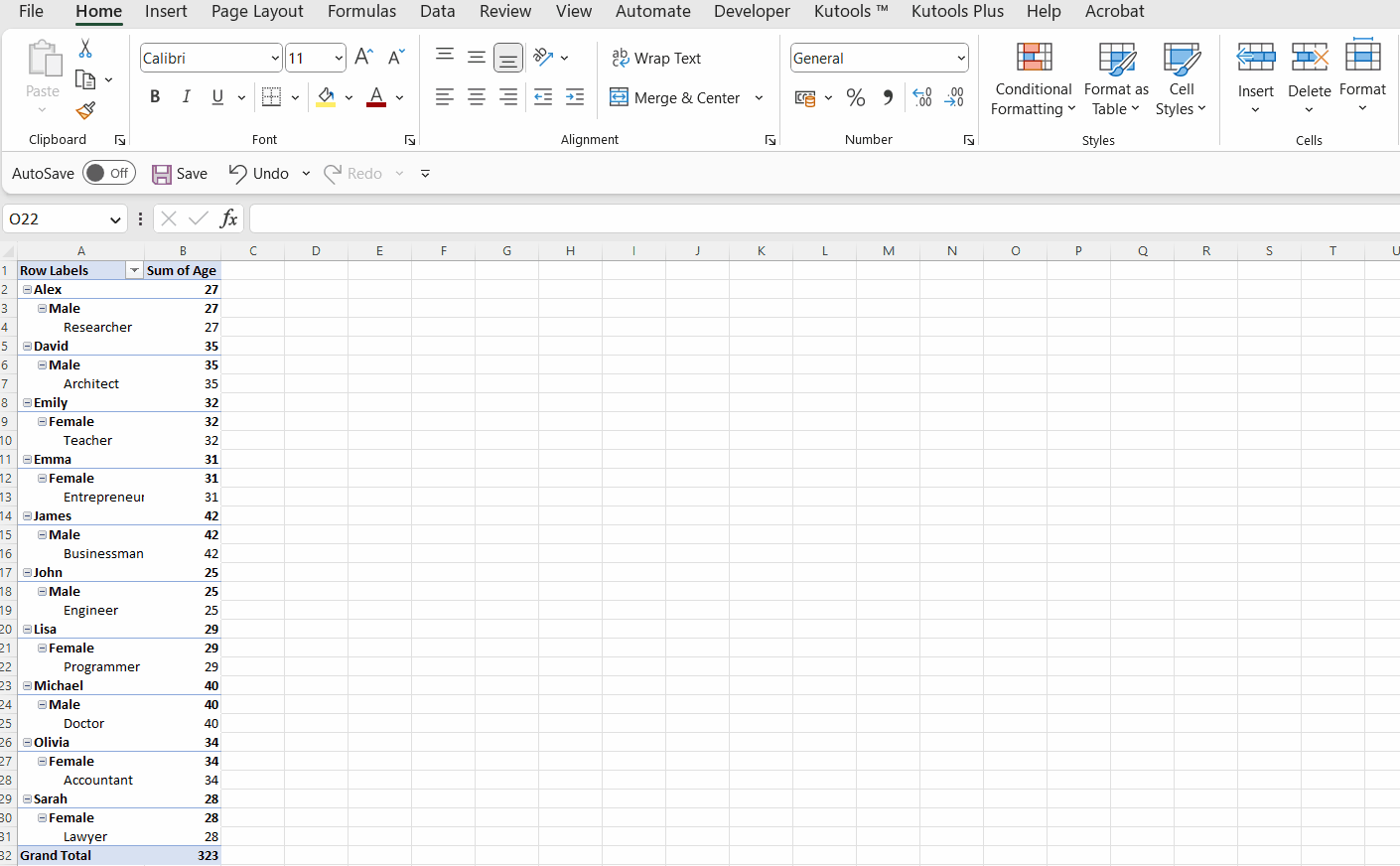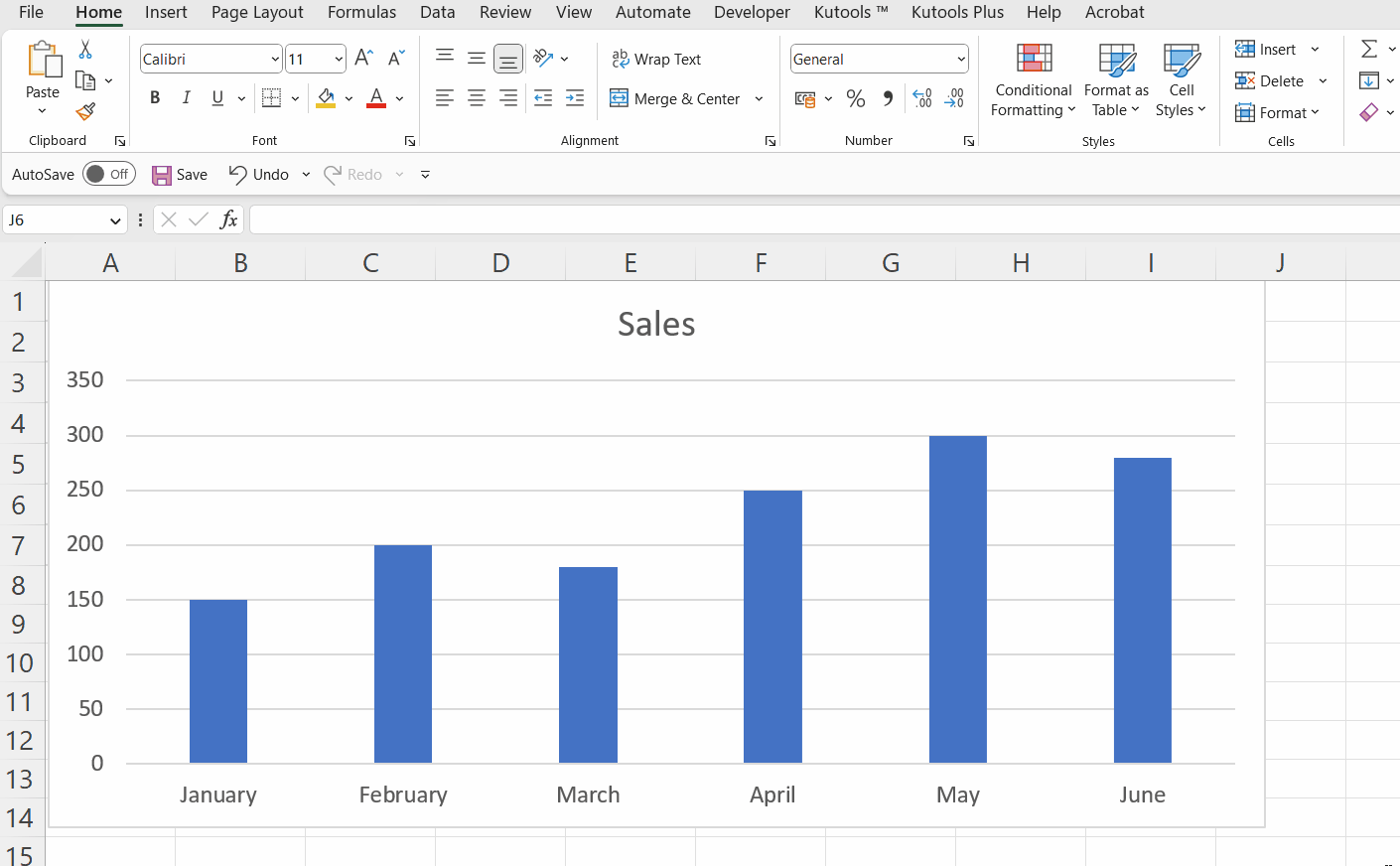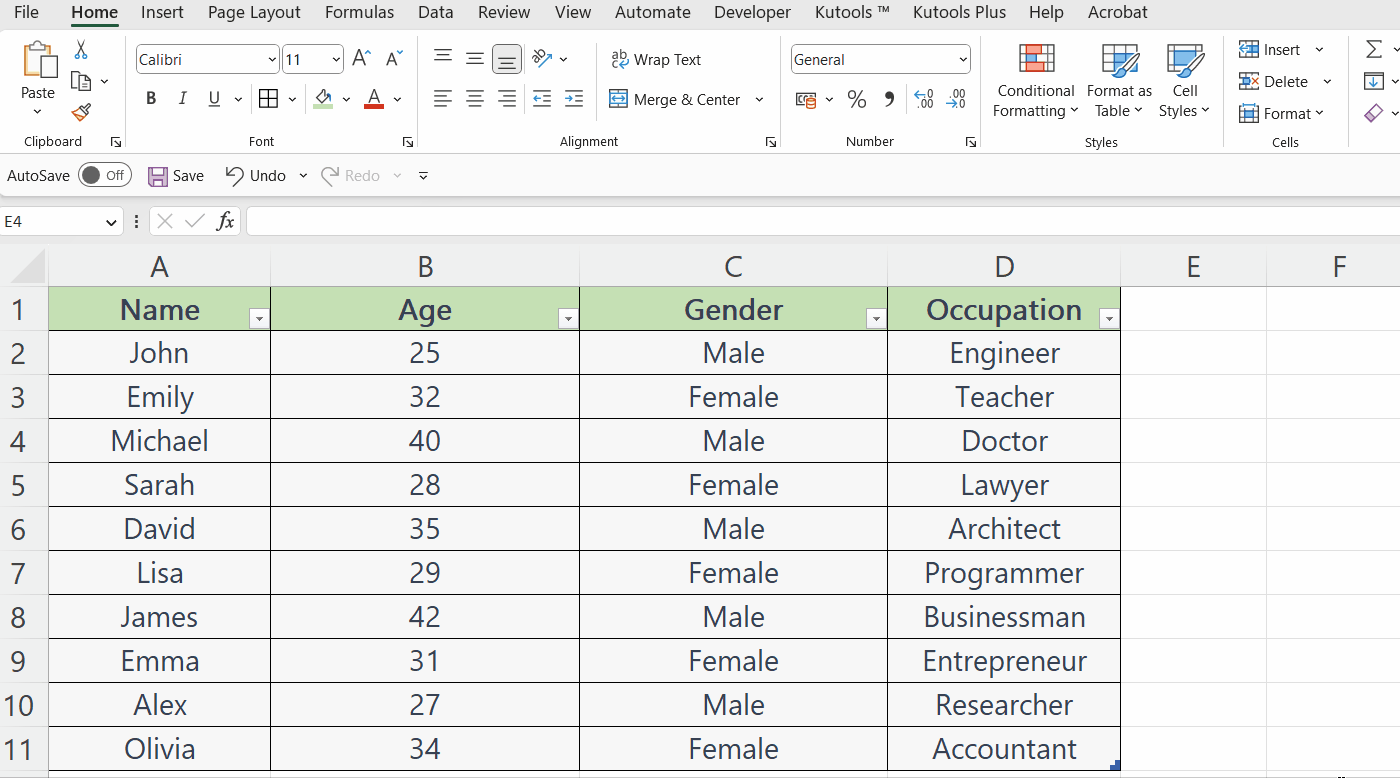Design tab in Microsoft Excel
The Design tab in Microsoft Excel is a specialized tab that becomes accessible in the Excel ribbon when you are working on charts, tables, or other forms of data visualizations. It offers a diverse selection of tools and options that are specifically crafted to assist you in tailoring the appearance and arrangement of your data visualizations according to your preferences.
In this article, we will learn about the Design tab in Microsoft Excel. In Excel, there exists more than one Design tab. Below we will discuss the types of Design tabs and how we can utilize each of them.
Case 1: PivotTable Design Tab

The PivotTable Design tab in Microsoft Excel offers a variety of tools and functionalities tailored to customize and enhance PivotTables. Let’s explore the main purposes and features provided by the PivotTable Design tab:
- Customization: The PivotTable Design tab allows users to personalize the appearance and layout of PivotTables, tailoring them to specific needs and preferences.
- Layout Options: It offers different layout options such as compact, outline, and tabular formats to present data in various ways.
- Styles: Users can choose from a selection of predefined PivotTable styles to instantly apply professional and visually appealing formatting to their PivotTables.
- Field Settings: The Design tab enables users to modify field settings, including aggregation functions, data formatting, calculations, sorting, and filtering, to refine data analysis.
- Subtotals and Totals: Users can easily enable or disable subtotals and grand totals in the Pivot Table, providing control over data summarization and presentation.
To activate the PivotTable Design tab, all we need to do is just click on anywhere on the PivotTable. The Design tab will appear in the menu bar.
Case 2: Chart Design Tab

The Chart Design tab in Microsoft Excel presents users with a range of tools and features dedicated to customizing and enhancing charts. Here are the main uses of the Chart Design tab:
- Chart Styles: Access a collection of predefined chart styles to effortlessly change the color, layout, and overall appearance of your chart.
- Chart Layouts: Choose from different chart layouts, including stacked, clustered, or 3D representations, to effectively organize and emphasize specific data points or trends.
- Chart Elements: Add or remove chart elements such as titles, legends, axes, data labels, and gridlines to fine-tune the visual clarity and understanding of your chart.
- Quick Formatting: Utilize quick formatting options to easily modify the color scheme, font style, and chart background, resulting in a cohesive and professional-looking chart.
To activate the Chart Design tab, simply select the desired chart in Excel, and the Chart Design tab will automatically appear in the Excel ribbon.
Case 3 – Table Design Tab

The Table Design tab in Microsoft Excel offers a range of tools and features dedicated to customizing and enhancing tables. Here are the main uses of the Table Design tab:
- Table Styles: Access a collection of predefined table styles to easily change the appearance, formatting, and color scheme of your table.
- Table Elements: Add or remove table elements such as headers, footers, and total rows to organize and summarize data within the table effectively.
- Banded Rows and Columns: Enable banded rows or columns to apply alternating background colors, improving readability and distinguishing data rows or columns.
- Table Properties: Adjust various table properties, such as resizing columns, sorting data, filtering rows, and managing table options, to enhance the functionality and usability of the table.
To activate the Table Design tab, simply select any cell within the table in Excel, and the Table Tools will automatically appear in the Excel ribbon. Click on the Design tab within the Table Tools section to access the Table Design tab.



